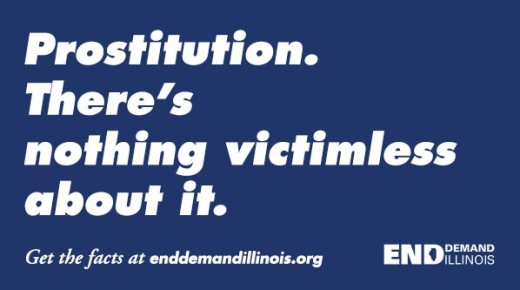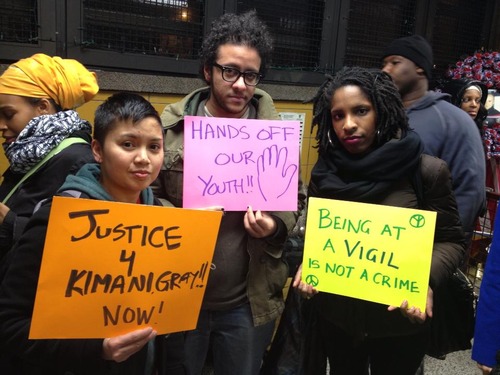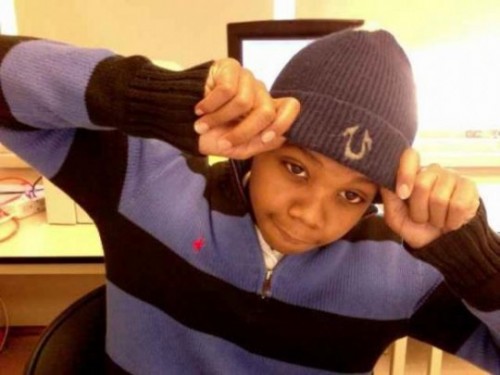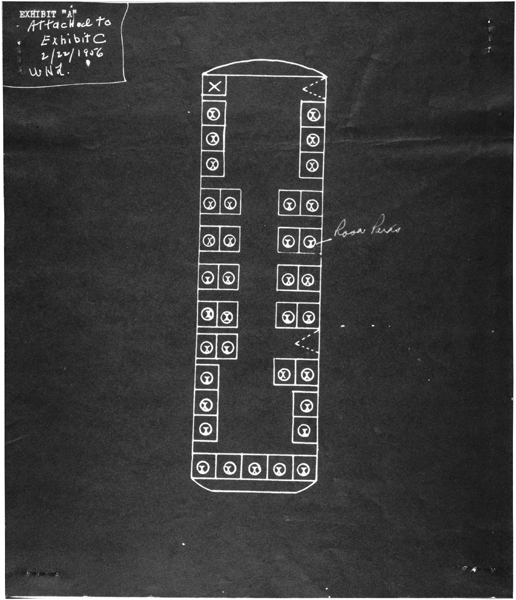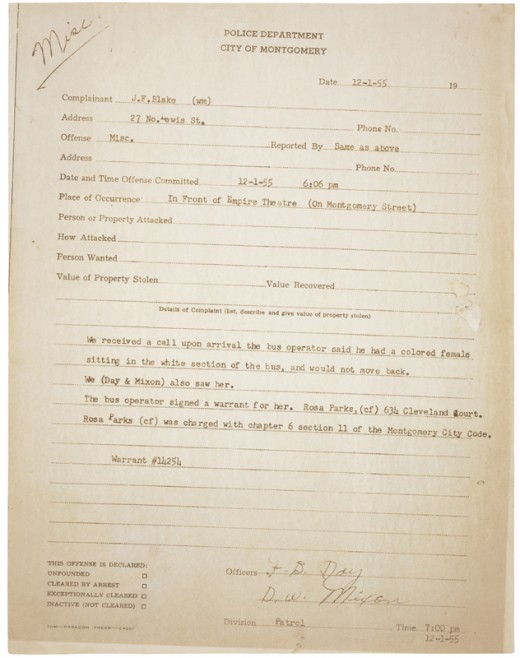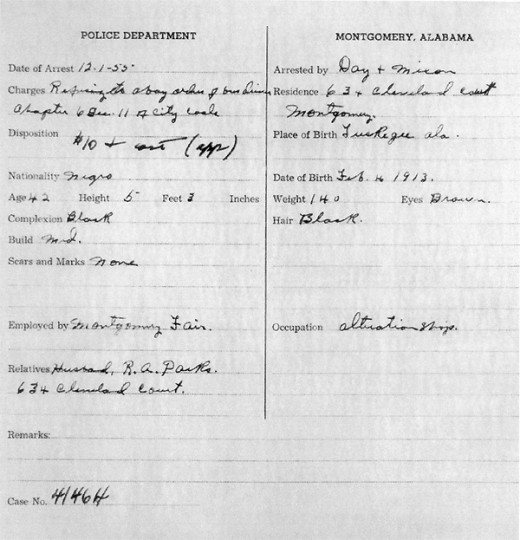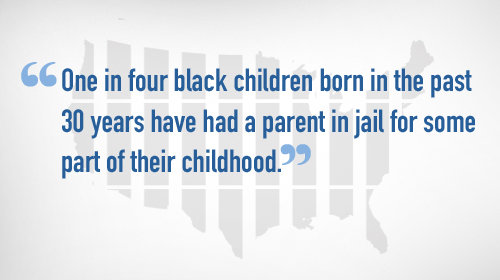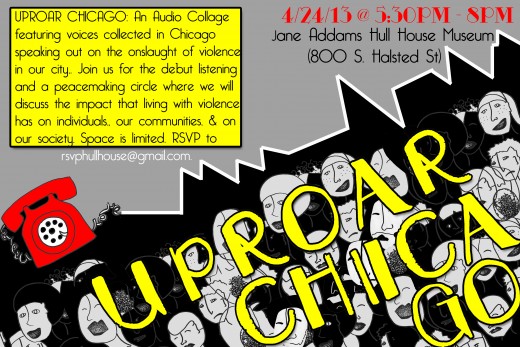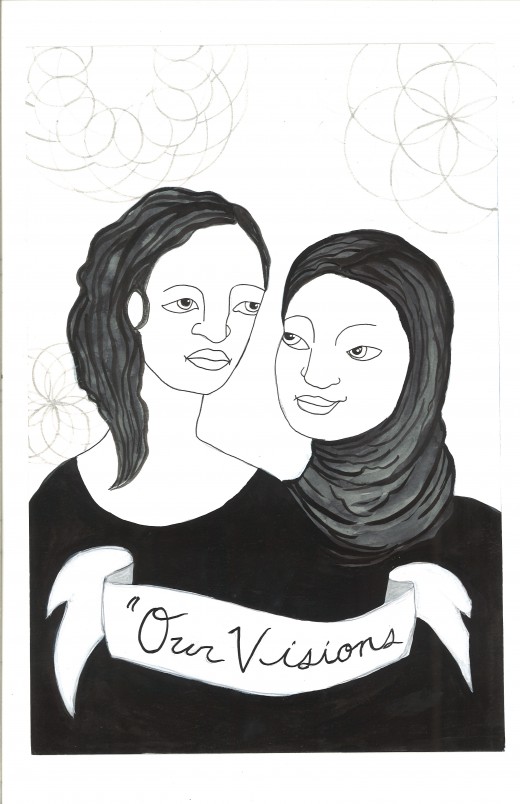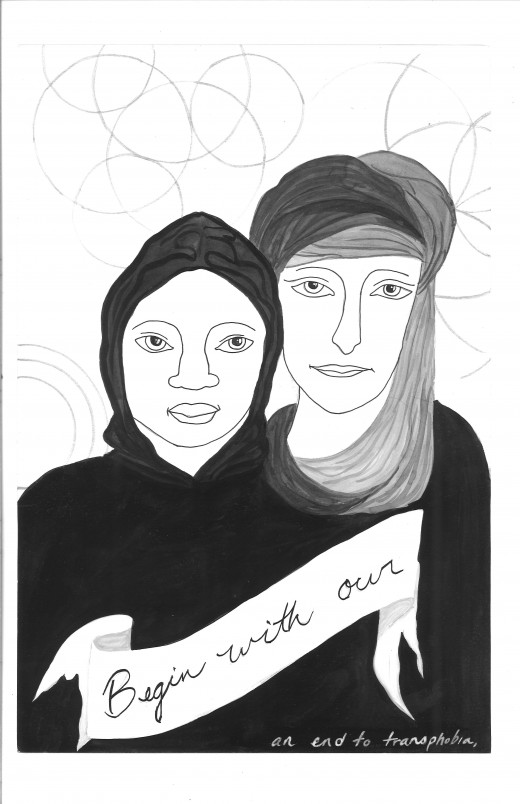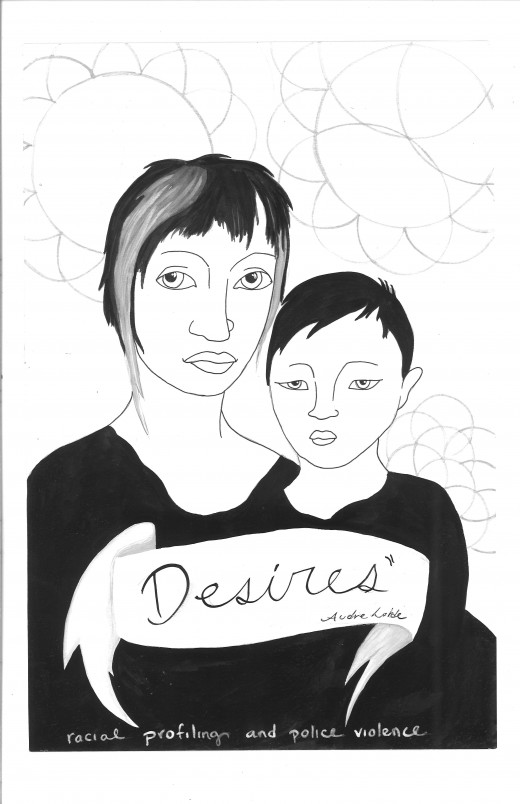A Response From Hadil Habiba To a Comment re: “The Ugly Truth” Ad Campaign…
There has been a positive response to my friend Hadil’s post about the “Ugly Truth” campaign sponsored by End Demand Illinois. I moderate comments on this site (I don’t publish most comments).
Hadil wanted to respond to one particular comment offered below and I wanted to make sure that he/she could do so.
Here’s the original comment:
“Personally, recognizing victims of sexual exploitation and of sex trafficking is of paramount importance to me. I’d rather make the mistake of offering to help someone who, it turns out, doesn’t need it after all, than make the mistake of failing to offer help to someone who needs it because I make the mistake of buying into this article and assuming that it’s their choice.”
Below is Hadil’s response:
Dear Community Member,
Thank you so much for raising such a critical point and for your insight about what is at the heart of the matter. I could not agree more that making sure people can access the support they need, when they need it–is clearly the paramount objective here.
The question I have is about how and with what spirit we make this offer. As someone who has needed sanctuary from violence many times – as a child, then later when I was a runaway teenager and down the line again as a young adult – those who were able to help me most were the ones who believed I was powerful beyond measure and taught me what was in my control to change. Those who helped least? That’s easy- the teachers, social workers and other well- meaning adults who repeatedly told me & showed me through their treatment and messaging that I was a helpless victim.
This messaging matters…Because to be completely frank, there is nothing worse than bad help. The Bad Encounter Line research done by YWEP shows really clearly how misguided attempts to “save the children” actually put young people at higher risk of harm. In fact, this is one of the main criticisms of youth service providers across the country of End Demand approaches. Which is a whole ‘nother article friend – but you can start here for if you like…
So how do we ally with people with life experience in the sex trade? We get behind the amazing projects that are led by us and for us — the ones that elevate us to real leadership within our organizing. We get behind the amazing survivor-led work that builds community, offers alternative solutions to violence and safety, trains us on how to take hold of what we most want for ourselves and asks us to bring our whole three dimensional selves to the process. I’m thinking here about Different Avenues, Streetwise & Safe, Native Youth Sexual Health Network, Women with a Vision and Young Women’s Empowerment Project – all women, transgender and youth of color led projects that support literally thousands of people in the sex trade and street economy every year — and never once tell people they are victims. Or whatabout this project in Kolkata, India run by women & transgender people in the sex trade- that started a school for their children, a housing program and a BANK. that’s right a BANK! Look at what people trading sex for money can do!
In the words of Claudine O’Leary– “Rescue is for kittens.” People in the sex trade and street economy deserve more than a label in the spirit of help. We deserve community that reflects our true limitlessness and gives us real opportunity to be in charge of our lives.
I want to end with another amazing quote by Lila Watson:
“If you have come here to help me you are wasting your time. But if you have come because your liberation is bound up with mine- then let us work together.”
in solidarity,
Hadil Habiba
